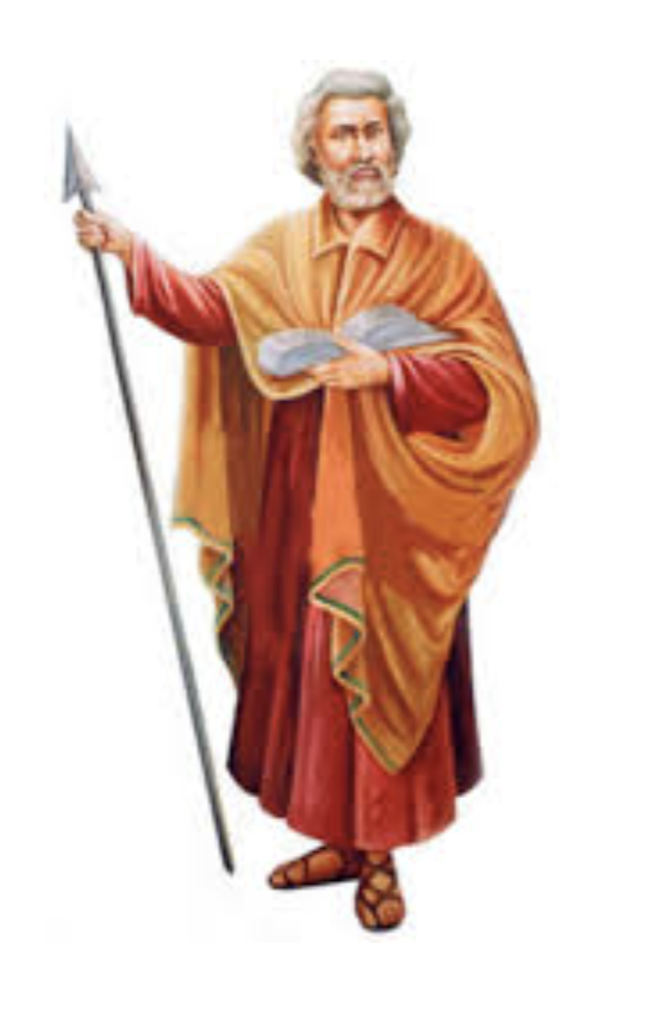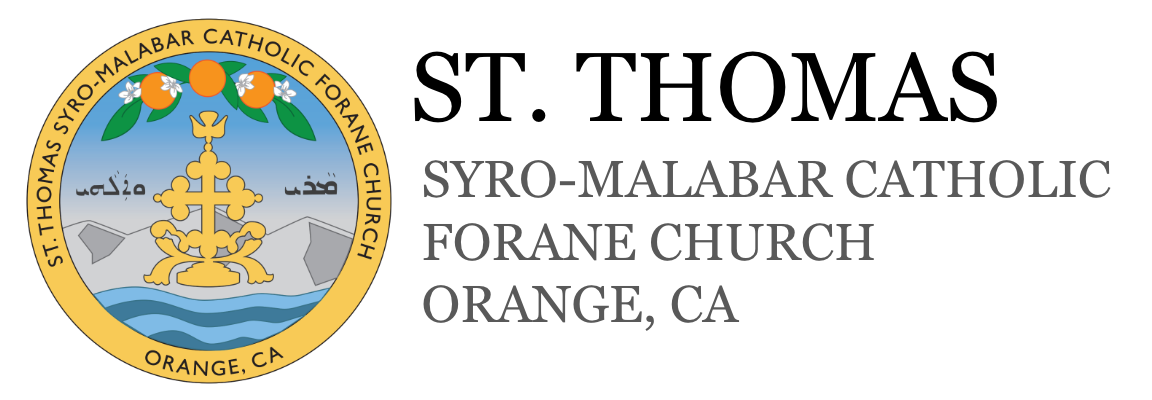
St.Thomas the Apostle has landed in south-western India at the ancient and extinct port of Muziris ( near Kodungallur in Kerala ) in 52 AD. After preaching and establishing Christian communities in different parts of India, he suffered martyrdom at Mylapur (near Chennai, in Tamil Nadu) in 72 AD.
St. Thomas Christians (Marthoma Nazranis) trace their origins to the evangelical mission of Thomas Apostle. The Syro-Malabar church is an East Syrian Rite, a Major Archiepiscopal church in full communion with the Catholic church.
St. Thomas is one of the Twelve Apostles. His name in Aramaic (Teʾoma) and Greek (Didymos) means “twin”; John 11:16 identifies him as “Thomas, called the Twin.” He is called Judas Thomas (i.e., Judas the Twin) by the Syrians.
Thomas’s character is outlined in The Gospel According to John. His devotion to Jesus is clearly expressed in John 11:5–16: when Jesus planned to return to Judaea, the disciples warned him of the Jews’ animosity (“now seeking to stone you”), to which Thomas soon replied, “Let us also go, that we may die with him.” At the Last Supper (John 14:1–7) Thomas could not comprehend what Jesus meant when he said, “I will come again and will take you to myself, that where I am you may be also. And you know the way where I am going.” Thomas’s question “How can we know the way?” caused Jesus to answer, “I am the way, and the truth, and the life.”
Perhaps the best-known event in his life is the one from which the phrase “doubting Thomas” developed. In John 20:19–29 he was not among those disciples to whom the risen Christ first appeared, and when they told the incredulous Thomas, he requested physical proof of the Resurrection, fulfilled when Christ reappeared and specifically asked Thomas to touch his wounds. His sudden realization of truth (“My Lord and my God”) made Thomas the first person to explicitly acknowledge Jesus’ divinity.
